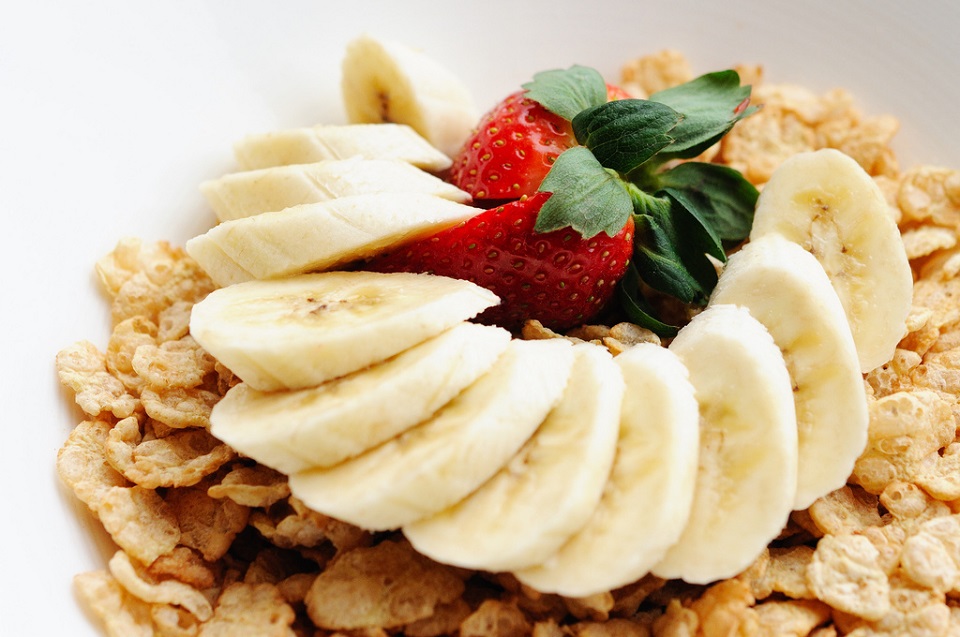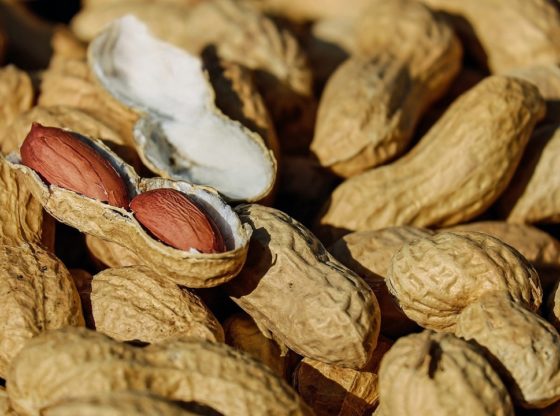
“Eat 6 small meals a day to stoke your metabolic fire!” and “Graze instead of binge and TURBOCHARGE your metabolism!”
As weight loss, health enthusiasts and dietitians alike often advice to eat small meals every third hour or so to keep your blood sugar in check.
Multiple meals have long been the recommendation for active individuals. This advice has been based on the probable benefits of a more stable blood sugar, controlled hunger, insulin sensitivity, protein synthesis etc.
In recent time, though, several studies have instead examined the positive effects of fasting and a lower frequency of meals per day and the physiological effects of this behavior on the body.
These studies have provided us with a deeper understanding of what seems to indicate a very different conclusion; that there is an inverse relationship between a higher meal frequency and the positive aspects mentioned above.
No Difference in Fat Oxidation
This newly published study Effects of increased meal frequency on fat oxidation and perceived hunger on meal frequency, fat oxidation, and hunger indicates a statistically significant result to no change between meal frequency and fat oxidation, but it did indicate that with more meals (perhaps contrary to popular belief) perceived hunger increased.
More Hunger?
The study does not examine the reasons for this apparent increase in hunger. But a speculation would be that it is correlated to that of blood sugar and insulin resistance.
As maintaining blood sugar within a healthy range is important, higher blood sugar levels may predispose people to insulin resistance and glucose intolerance. Insulin resistance decreases the cells ability to respond to the normal actions of the hormone insulin, where insulin’s job is to deliver sugar to cells and provide them with energy.
Fasting and a lower meal frequency have previously been showed seen to actually increase insulin sensitivity and decrease insulin resistance, making the body more adapt to respond to blood sugar.
So at present, science does suggest that a very high meal frequency does not provide any benefits to health. Rather the opposite.
But it should be noted though when meal frequency is seen from an athlete’s perspective, some studies indicate benefits of post-workout nutrition to help in recovery after exercise.
Consuming smaller, more frequent meals is often advocated as a means of controlling body weight, but studies demonstrating a mechanistic effect of this practice on factors associated with body weight regulation are lacking. The purpose of this study was to compare the effect of consuming 3 (3M) vs. 6 meals (6M) per day on 24-h fat oxidation and subjective ratings of hunger. Lean (BMI<25 kg/m(2) ) subjects (7M, 8F) were studied in a whole-room calorimeter on two occasions in a randomized cross-over design. Subjects were provided isoenergetic, energy balanced diets with a 1- to 2-week washout between conditions. Hunger, fullness, and ‘desire to eat’ ratings were assessed throughout the day using visual analog scales and quantified as area under the curve (AUC). There were no differences (P>0.05) in 24 h EE (8.7 ± 0.3 vs. 8.6 ± 0.3 mj(.) d(-1) ), 24 h RQ (0.85 ± 0.01 vs. 0.85 ± 0.01) or 24 h fat oxidation (82 ± 6 vs. 80 ± 7 g(.) day(-1) ) between 3M and6M, respectively. There was no difference in fullness24 h AUC, but hunger AUC (41850 ± 2255 vs. 36612 ± 2556 mm(.) 24 h, P=0.03) and ‘desire to eat’ AUC (47061 ± 1791 vs. 41170 ± 2574 mm(.) 24 h, P=0.03) were greater during 6M than 3M. We conclude that increasing meal frequency from3 to 6 per day has no significant effect on 24 h fat oxidation, but may increase hunger and the desire to eat.
______________________________
Obesity (Silver Spring). 2012 Sep 13. Effects of increased meal frequency on fat oxidation and perceived hunger
Effect of meal frequency on glucose and insulin excursions over the course of a day
_______________











![OpenAI. (2025). ChatGPT [Large language model]. https://chatgpt.com](https://www.illustratedcuriosity.com/files/media/55136/b1b0b614-5b72-486c-901d-ff244549d67a-350x260.webp)
![OpenAI. (2025). ChatGPT [Large language model]. https://chatgpt.com](https://www.illustratedcuriosity.com/files/media/55124/79bc18fa-f616-4951-856f-cc724ad5d497-350x260.webp)
![OpenAI. (2025). ChatGPT [Large language model]. https://chatgpt.com](https://www.illustratedcuriosity.com/files/media/55099/2638a982-b4de-4913-8a1c-1479df352bf3-350x260.webp)








